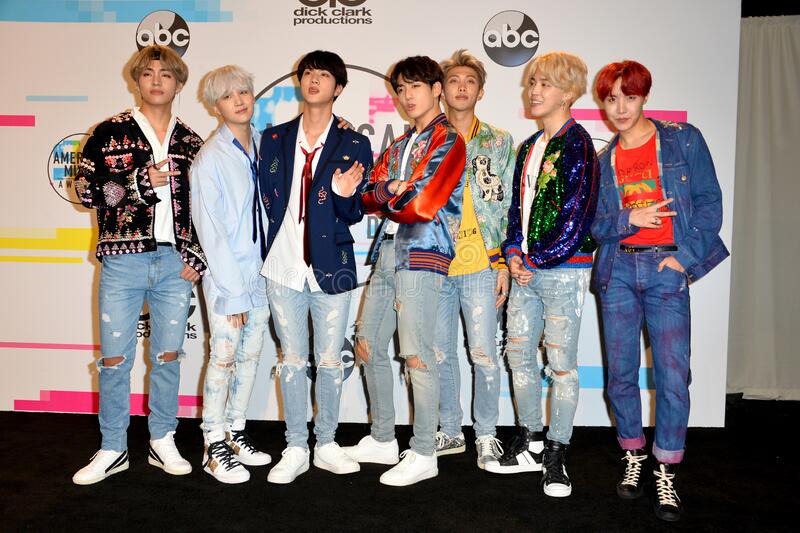“k Pop” or Korean Pop track has emerge as a worldwide phenomenon. Net and social media revolution proffered the popularity it deserved. Hallyu (Korean Wave) is a musical genre inspired via jazzy ballads and upbeat, and an offshoot of cultural hybridization. It's far a unique contributor to the world of pop tune. Perfectly choreographed films, trend defining fashion, toe tapping techno beats, crazy colorful aesthetics is what differs them from the pinnacle manufacturers of the west. Korean Wave or “Hallyu” commenced from China’s capital Beijing in the mid Nineteen Nineties. However, it turned into strongly hostile in Japan. As an global phenomenon, Hallyu is supported and recommended via the Korean authorities. The KPop wave facilitates in selling the Korean tradition, main to financial increase, thereby strengthening the United States of America’s political stand and diplomatic ties. Collecting a big fan base international, KPop is a wave enshrouding Northeast India. Visit these eight states and believe in the reputation all over yourself.
Northeastern India has unparalleled diversity with a wealth of stunning sights and a combination of various traditions, cultures and diversity that are considered to be at the heart of the Korean wave in India. Eating habits, clothing, and personality have changed greatly since the Hallyu wave took hold. The cultural disconnect of Northeast India from the entertainment communities of "mainland India" is what captivated them and instilled a sense of attachment to Korean entertainment. Take Manipur, for example, which has long been mired in rebellion. This leads to war, chasing countless demands.
In 2000, the People's Revolutionary Front, a local power group, imposed a ban on Hindi movies and TV channels to eliminate the presence of "so-called Indianization". In the end, Korean movies filled this void. The streets of Manipur are littered with pirated Korean DVDs and CDs. Even 14 years later, when the ban has somehow been relaxed and Hindi movies are circulated across the state, Manipur continues to indulge in Korean food. Piracy has helped the Korean Wave thrive in the Northeast as pirated Korean music and movie CDs and DVDs cost Rs 30 in some Northeastern states.
While posters of Bollywood actors and singers are largely found in the bedrooms of youth walls in other parts of the country, posters of KPop singers monopolize the limelight. in much of the northeast. It would not be wrong to say that the Korean style has captured the hearts and homes of many households in the northeast. The Mizoram people, including the older generation, have been completely addicted to Korean songs and movies ever since the local cable started the translation process. People continue to wear costumes and fashion styles adopted by Korean bands. People wear wigs inspired by Korean spiky hairstyles. While most of them have social media accounts named after Korean terms. Locals here learn Korean instead of Hindi and speak the following jargons clearly. KPop bands and artists were first introduced to the Northeast music scene at the Hornbill Festival, an annual festival held in Nagaland. The main factor driving the popularity of the Korean Wave was the cultural proximity of Korean society to Manipuri, Naga, and Mizo societies. They are based on the clan community
The main reason for the success of the Korean Wave through the series is the portrayal of family-friendly Asian values. Sociocultural similarities – a love of music and a cultural appreciation of cultures permeate both Mizos and Nagas. Shamanism, a belief system common to pagan societies, is found in both Manipur and Korea. The restaurants here offer clichéd Korean food with a preference for Korean food - kimchi, Korean barbecue and soju drinks. Restaurants hire Korean chefs and offer exclusive Korean dishes. This so-called Koreanization process is now a matter of concern. This continues to increase in the form of soft power. Cultural invasion in the form of the Korean wave in northeastern India has emerged as an alternative form of modernity, which is hard work.

Refusal to be “Indian” or to accept its diversity has never seemed to be an obstacle to cultural hybridization. People in this Northeast region face racism and oppression in many major Indian cities. This makes people slightly inclined towards the Hallyu wave.
Any cultural proximity may not have such a serious impact, ignoring its customs and traditions. This is considered to be of primary importance, especially when the discussion marks the northeastern region of India - the center of Korean culture. Most people barely speak Hindi, but trying to use Korean eagerly is currently a matter of debate. Such asymmetries call for immediate scholarly discussion.


Leave a comment